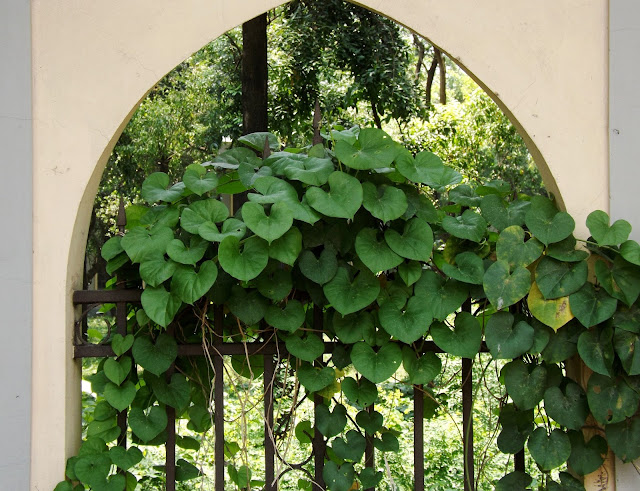Shupari, Betel nut or Areca nut, Areca catechu
Shupari, Betel nut or Areca nut (Areca catechu, family: Arecaceae) is an evergreen palm tree attaining a height of 45 m. It is one of the major cash crops in Bangladesh. It is cultivated extensively in the coastal areas of the country.
In Indian subcontinent, its fruit is eaten with the Betel leaf as daily food. It is found in almost every home in the village area. Like any other palm tree, it is also quite a beautiful one. The tree is planted with rows as a decorative tree in gardens and parks. The tree can survive for almost 50 years.
There are many gray-colored rings in its green trunk. Its leaves are closely packed together at the top of the tree like all other palms. There are 70-80 leaves in every pinnae. The leaves fall within a year.
Flowers are produced in the spadix-like particle. Numerous brown and sweet-scented flowers are gathered in this type of inflorescence. Immature fruits are of green color. Ripe fruits are yellow, orange or red. Fruit is oval-shaped, about 5-6 cm in diameter. The fruit skin is quite thick, fibrous.
The genus name areca (Tamil word) means a bunch of hard fruit, and the species name catechu got its name from the plant's Malaysian name. The original residence of this palm is believed to be Malaysia and the Philippines.
Mat, basket, bag can be made from the leaves. Its trunk is used as pole frequently. Its fruit powder is used in worms, diarrhea, dyspepsia and sexual stimulation. However, eating raw fruit can bring bad results for the eyes. By the by, in many areas of Bangladesh it is called Gua.






Comments
Post a Comment